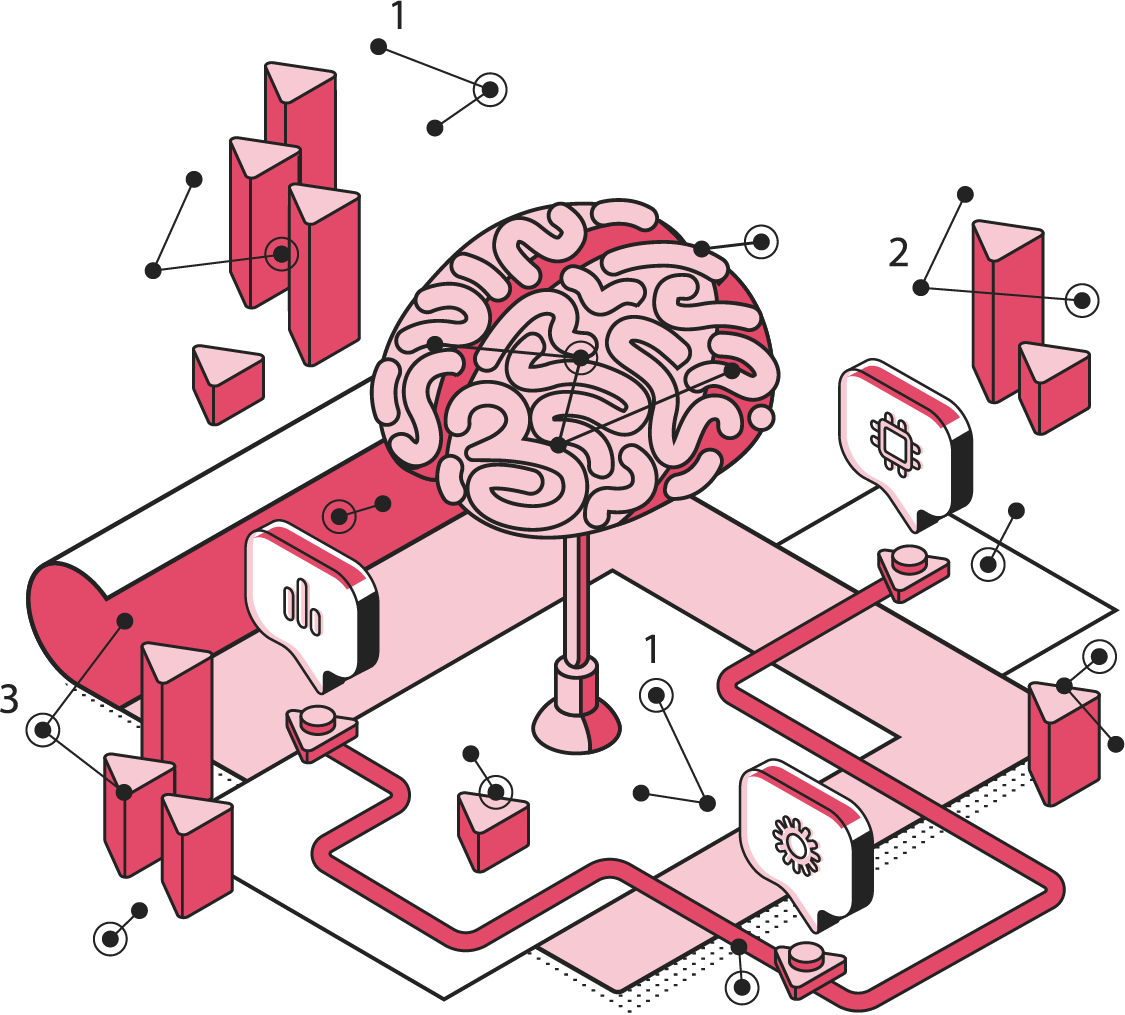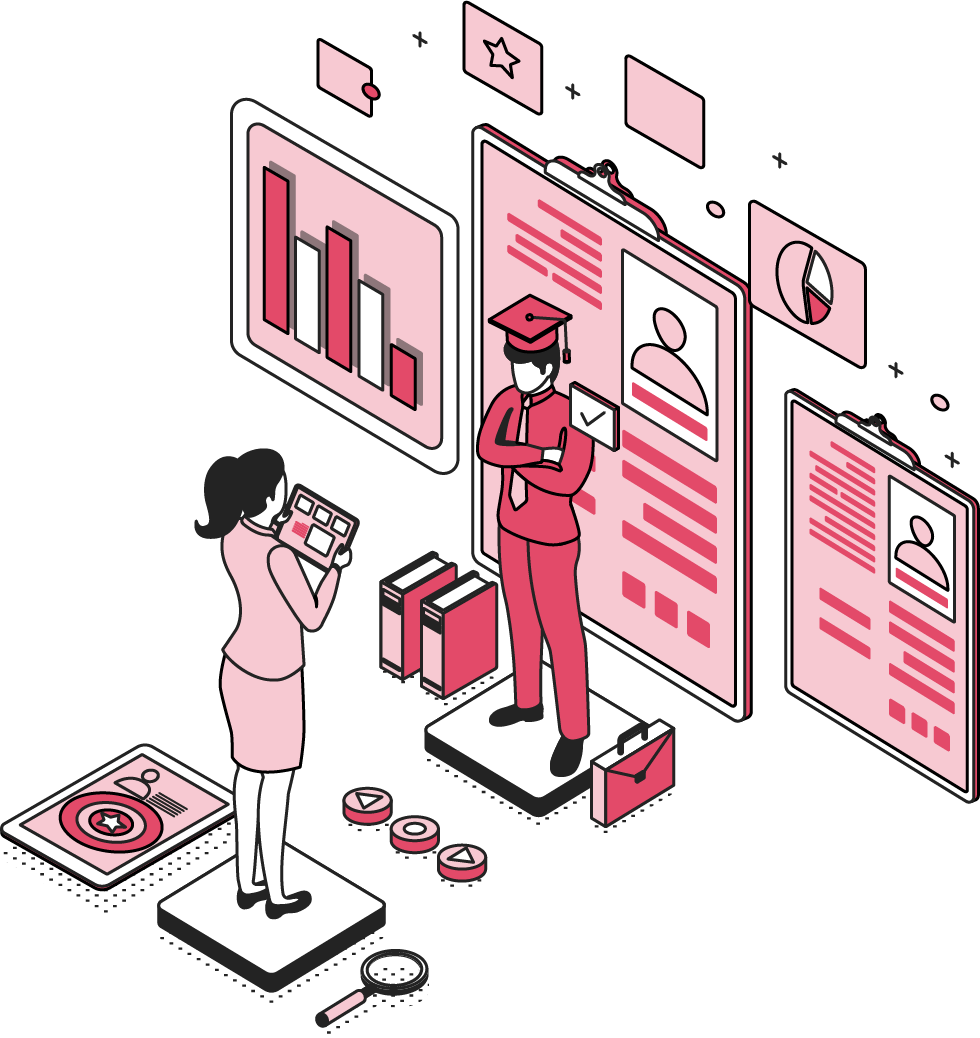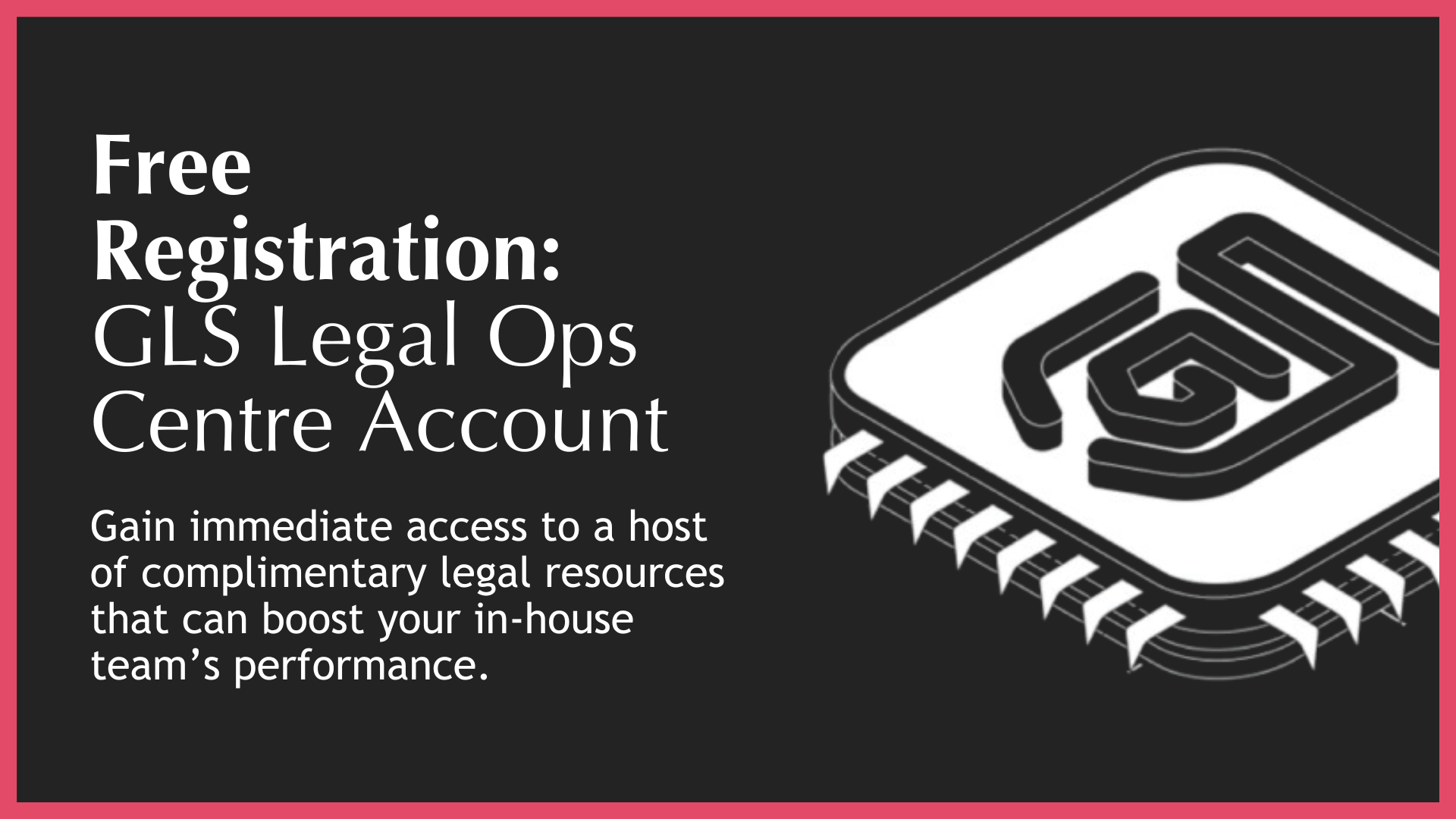Back
Legal Operations Essentials: The Legal Services Request Form
The gatekeeper to effective in-house legal function transformation
15 mins • 05 Feb 22

Transforming an in-house legal function involves constantly “improving what you do”, yet too few in-house lawyers (“IHLs”) spend time analysing the workflows they support or how to improve their performance.
The gatekeeper to an effectively run legal department
Transforming an in-house legal function involves constantly “improving what you do”, yet too few in-house lawyers spend time analyzing the workflows they support in a bid to improve their strategic planning and performance.
Legal Service Request Forms (“LSRF”) – the basis upon which you take instructions from your business – are one of the most potent “efficiency” enablers available to all legal departments and a key tool for effective legal team management.
The LSRF is not just a shield to protect the legal team against “garbage in and garbage out’ legal instructions from your client, it can be uniquely tasked to generate powerful data analytics to help support and optimize your in house legal team decision making.
Far too many IHLs are not taking advantage of this simple legal ops tool that could substantially improve their performance data based insights and decision making, despite the tool being free to implement.
This blog explores the:
- detriments that an in-house legal team will face if it is not using a legal services request form as the key basis upon which it takes instructions from its internal clients;
- important the role of the LSRF to in-house legal team transformation process; and
- how quick and easy it is for a legal team to implement a legal services request form protocol.
So, lets explore this powerful legal ops essential tool - the LSRF.
GLS Legal Ops Insight #1: Legal data analytics drives optimized legal team performance
You may find yourself constantly servicing client support requests, leaving little time to strategize how to make your in-house legal team more efficient.
Legal function optimization requires strategic, potent and data driven interventions to maximize the productivity of finite resources typically available to corporate counsel and to evidence underlying legal dept. function value.
The legal transformation process starts by building up a crystal-clear picture of what the business:
1. expects you to do (i.e. your domain responsibility); and
2. is actually requesting you to do on a day to day basis.
Whilst we cover “domain responsibility” in our blog Legal Ops Tools: The Legal Department Services Charter, the ability to identify precisely what you are doing for the business is critical.
Understanding your legal teams workload should never be a matter of speculation and recollection, or adversely impacted by recency bias - it should be based solely based on legal ops data analytics. And, you do not need a dedicated legal operations manager to provide this data to you.
By using the simple LSRF, every legal department can very efficiently build up a detailed view of its legal workflow demographics - whether day-to-day, seasonable and/or special project based.
Before offering tips on the incredible efficiencies and insights that LSRF enabled client engagement brings, lets quickly revisit the price that your legal department may well be paying for not having put a LSRF in place.
GLS Legal Ops Insight #2: Legal teams that do not use an LSRF are running blind

Legal teams that do not utilize an LSRF-based protocol for taking instructions from their business, are likely to face some, if not all, of the following challenges and suffer the resulting diminished legal team performance:
• Legal Instruction Quality: incomplete, low quality instructions that you spend valuable time clarifying
• Workflow Allocation: difficulties to more efficiently leverage optimal work type / SLA priorities
• Legal Team Responsiveness: reduced ability to build capacity to respond to urgent matters
• Legal Dept. Forecasting: difficulties to effectively forecast workflows/man-hour support requirements
• Legal Resource identification: reduced ability to assess and forecast team skill/resource requirements
• Self Help Resources: difficulties to drive internal client users towards self-help resources
• Legal Resource Stretch: chronic resource stretch and consequently low team morale
• Internal Client Satisfaction: generally lower than desired internal client satisfaction levels
• Legal Team Transformation obstacles: limited collection of data to author/ justify your transformation agenda
Without LSRFs, legal work requests arrive via a deluge of emails, WhatsApp's, voice mails, corridor conversations, etc., which are typically late, short on detail, and require significant clarification.
Most likely, you mobilize on the basis of a mix of FIFO and “oiling the wheel that squeaks the loudest” – creating manic operating conditions, where you are always busy but always on the back foot.
This operating model no longer “cuts it” – either for you, or for your internal client. Being too busy to become less busy is not sustainable.
So, how can the LSRF help?
Legal Ops Insight #3: A simple LSRF can unlocks significant legal team management efficiencies
Here are just a few of the benefits of implementing a LSRF into your legal ecosystem:
• Quality Instructions: a dramatic boost in the quality of your legal team instructions - work type priorities can be established and assigned
• Legal Team Productivity: more impactful use of legal team capacity as less time is spent clarifying instructions
• Powerful data analytics: data driven insights on fundamental team performance data rapidly emerge (work type, volume, client usage behavior, number of instructions, including per lawyer, etc.)
• Enhanced KPI Reporting: the ability to meaningfully report against basic legal team performance KPIs ... and to add on more detailed data requests into your LSRF going forward
• Legal Team Resourcing: data driven insights into future resourcing requirements of the team
• Formative Legal Advice: asking the correct questions early delivers more effective advisory outcomes
• Legal Tech Automation: potential to automate the instruction process (eg host on intranet)
• Workflow Centralization: all instructions are received via the same “ingress” point, enabling effective oversight even if you are operating a de-centralized legal team model
• Team Skill Tasking: greater scope to match tasks to team capabilities and work loads
• Workload Prioritization: data analysis starts to drive your ability to more efficiently prioritize work tasks
• Resource Forecasting: greater data on work type & capacity forecasting allowing to make data backed resourcing decisions
• Legal Data Analytics Insights: IHLs can better understand and respond to workflow/busyness patterns - e.g. - seasonable busy periods, training and development and knowledge management needs, etc.
• Validation: ability to objectively demonstrate IHL’s contributions via empirical data
• Transparency: clearer insights into each team member’s workloads
• Budgeting Justification: legal budget requests can increasingly be supported by hard data boosting the validity of the general counsels budgetary request
• IHL Relief: IHLs gain respite from the pressures of ad-hoc/low quality support requests
• Standard Definition: establishing a LSRF helps you think about defining IHL SLAs
• Customer Services: LSRF promotes an internal customer service mentality
• Saves Client Time: the internal client knows exactly what is needed to mobilize IHLs
• Improved Quality: better instruction inputs drives better IHL support outputs
• IHL Morale: is improved as workflows/contributions become matters that can be reported
• Client Satisfaction: internal clients are reassured about improving team service
In short, the case for implementing the LSRF is as overwhelming if you want to achieve greater legal team efficiencies and/or start to introduce your own legal operations function.
 Legal Ops Insight #4: An LSRF can is simple to produce
Legal Ops Insight #4: An LSRF can is simple to produce
Let’s now look at the essential elements that should go into a basic LSRF deployment
“An effective LSRF delivers a quality instruction that allows IHLs to efficiently mobilize whilst generating valuable legal operations data to drive ongoing legal function improvements.”
The LSRF data included by organizations may differ, but at a minimum it must allow that organization, in its own unique way, to achieve the above stated outcomes at a pace their organization can handle.
At a bare minimum, the LSRF (for non-litigation instructions) should include the following data points:
- Client: who is the underlying client requesting support (eg business unit)
- Contact: who to contact in connection with the instruction
- Deliverable(s): what specific deliverables are being sought
- Parties: ID and contact details of any counterparties
- Background: essential background information
- Documentation: attach all relevant documentation
- Deadline: a realistic date by when a response is required
- Red Flags: any instruction related sensitivities to be observed
Obviously, the more data you capture at the point of instruction the more legal ops insights/efficiencies can be derived. However, the maturity of your internal client will positively correlate with LSRF sophistication.
The LSRF can reside on any number of effective mediums – whether an intranet portal, Microsoft Form, Spring CM task card or simple Word Doc - but in all cases it should create an e-record.
Enabling LSRF’s via “e-forms” is critical to compressing the time internal clients spend generating instructions - the use of checklists, drop-down menus also help drive the precision of the instruction.

Legal Ops Insight #5: Far too many in-house legal teams are not using a legal services request form
We observe that over 80% of in-house legal team are not regularly using a formal LSRF process.
Given that LSRFs can be so effective, why aren’t more IHLs adopting them?
Some oft-cited reasons for not adopting such tools include:
• Overlooked: many legal functions perpetuate existing practices so may not have thought of it
• Culture Change: the client will see this as an additional burden (they always say that!)
• Lack of Time: you need to stop, think and prepare the LSRF – this does take time
• Reference Models: what should the LSRF actually look like?
• Data Capture: how much is too little or too much instruction related data to be requesting?
• Skepticism: skepticism that such a tool can be formulated and deliver substantive benefits
The reality is that all IHLs want better quality instructions and all IHLs are under pressure to perform more productively.
So the above excuses no longer represent good reasons for not implementing your own LSRF.
Legal Ops Insight #6: A ready to go LSRF is available from the GLS Legal Operations
GLS has developed a world class, fully worked up suite of “off the shelf” LSRF’s that IHLs can quickly customize and implement into their business environment, all for just USD99.
GLS Legal Services Request Form™ includes both a basic and an advanced LSRF allowing you to simply select what is most suitable for you and your unique organization.
This solution allows you to instantly and qualitatively improve your business’s engagement process, make better use of your limited available resources and improve your legal team's outputs.
This solution will allow you to better track, record and report inbound instructions for legal support, thereby capturing important data for budget defenses / transformation agenda advocacy.
Critically, our solution allows you to implement a vital enabler for IHL transformation – the ability to generate performance data to take greater control over your future.
And, as with all GLS solutions, this tool includes guidance and support on how to effectively implement it into your business ecosystem (including change management guidance).
Legal Ops Insight #7: You cannot afford be without an LSRF
If you do not know precisely what work your IHL team is doing then nobody else in your organization will either - compounding the chronic low value recognition profile of most IHLs.
Spending USD99 and a tiny amount of time to implement a Legal Service Request Form should be a “no brainer” for any serious legal operations transformation agenda.
Your LSRF will empower your legal team with data driven insights that will significantly increase legal team management efficiencies, and will be a vital cornerstone of your legal operations function agenda.
The GLS Legal Services Request Form™ and all necessary guidance on how to implement it, is now instantly available to you - you can obtain your LSRF from the GLS Legal Operations Centre.
Ready To Transform Your Legal Team?
Please check out the GLS solutions and know-how resources listed on the right side of this page – they might assist your legal team with the issues explored in this Blog.
© The GLS Group - Law Rewritten

The GLS Legal Operations Centre
Register to access your complimentary Day 1 Resource Stack packed with legal team performance resources.

GLS Ultimate Guide To Legal Operations
Download this and read it thoroughly and regularly. It is a wonderful transformation companion.
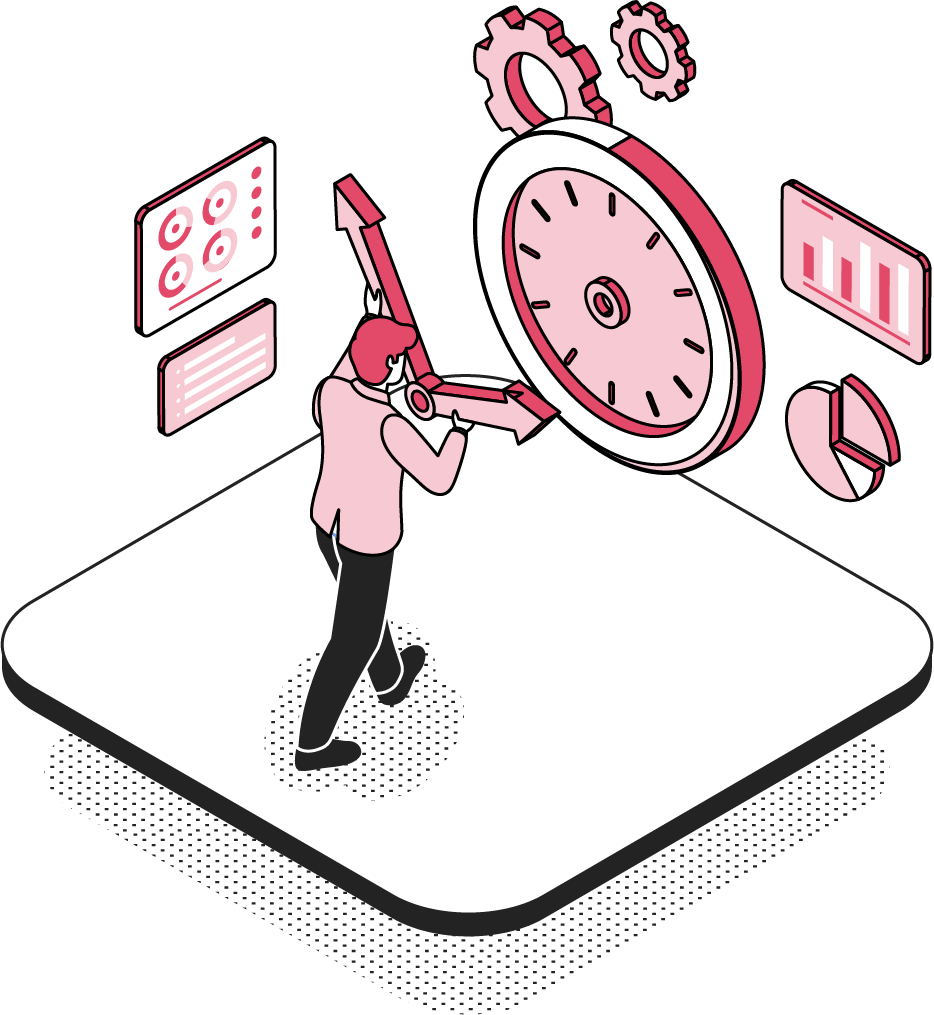
Book A No-Obligation Consultation
If you would like discuss your legal transformation needs, please book a 30 minute free consultation with us.
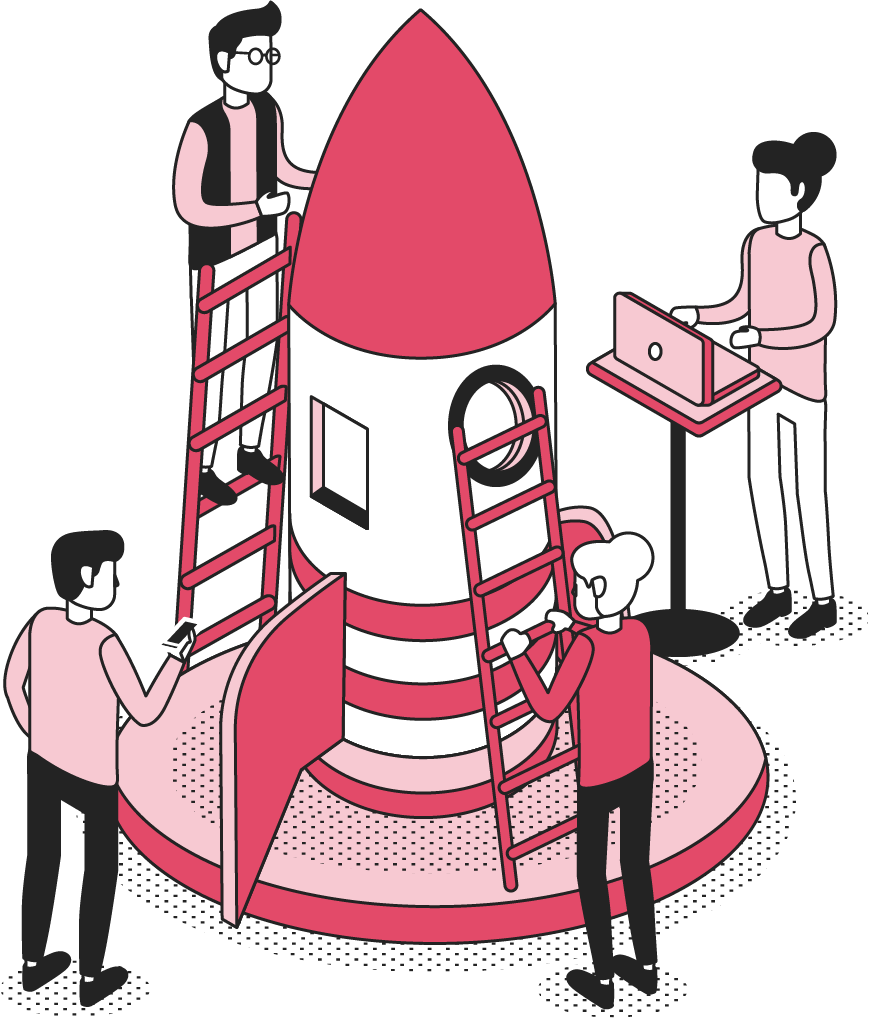
GLS Legal Transformation Boot Camp
Our hugely successful, 10-week long, email-based boot camp on how to effectively transform your legal team.
